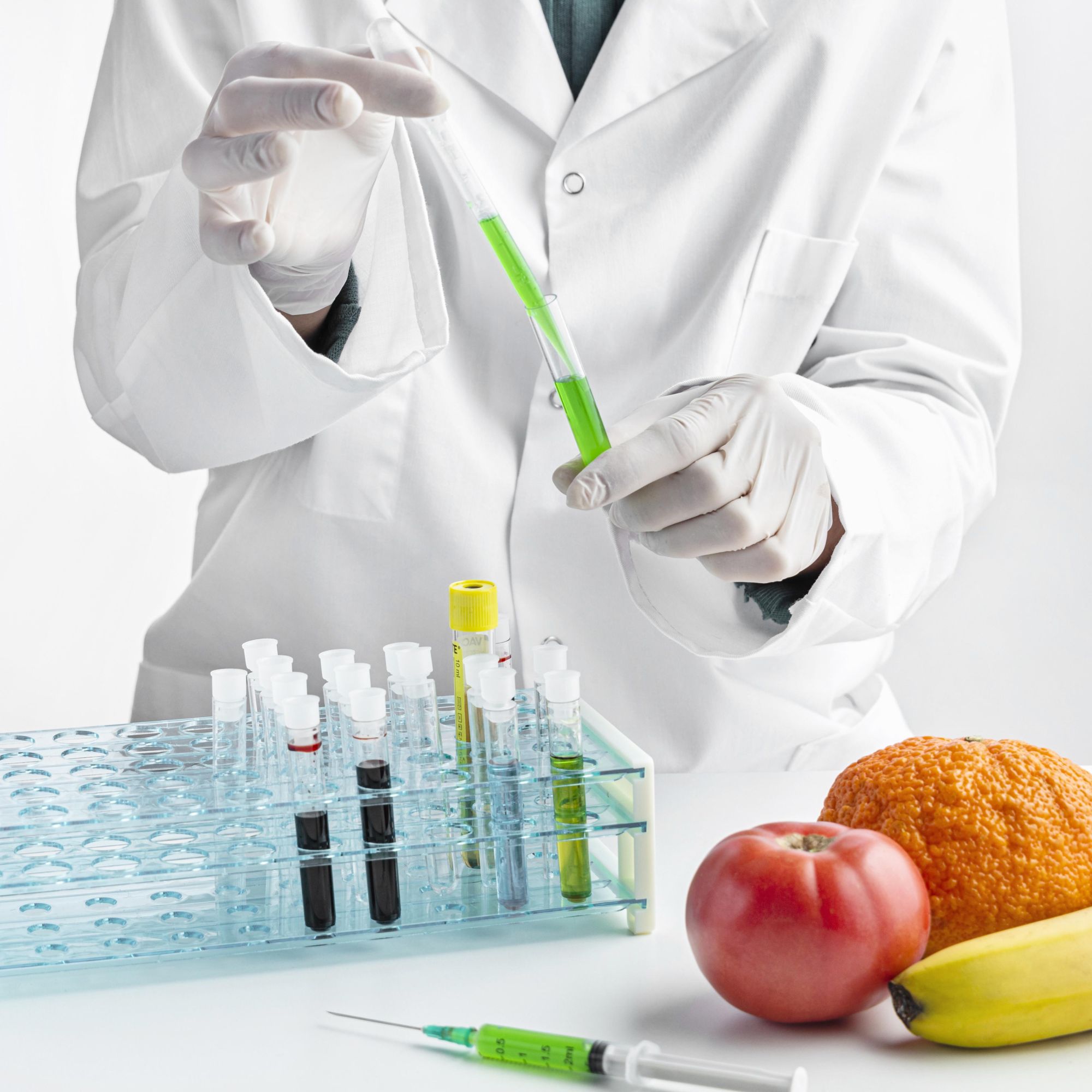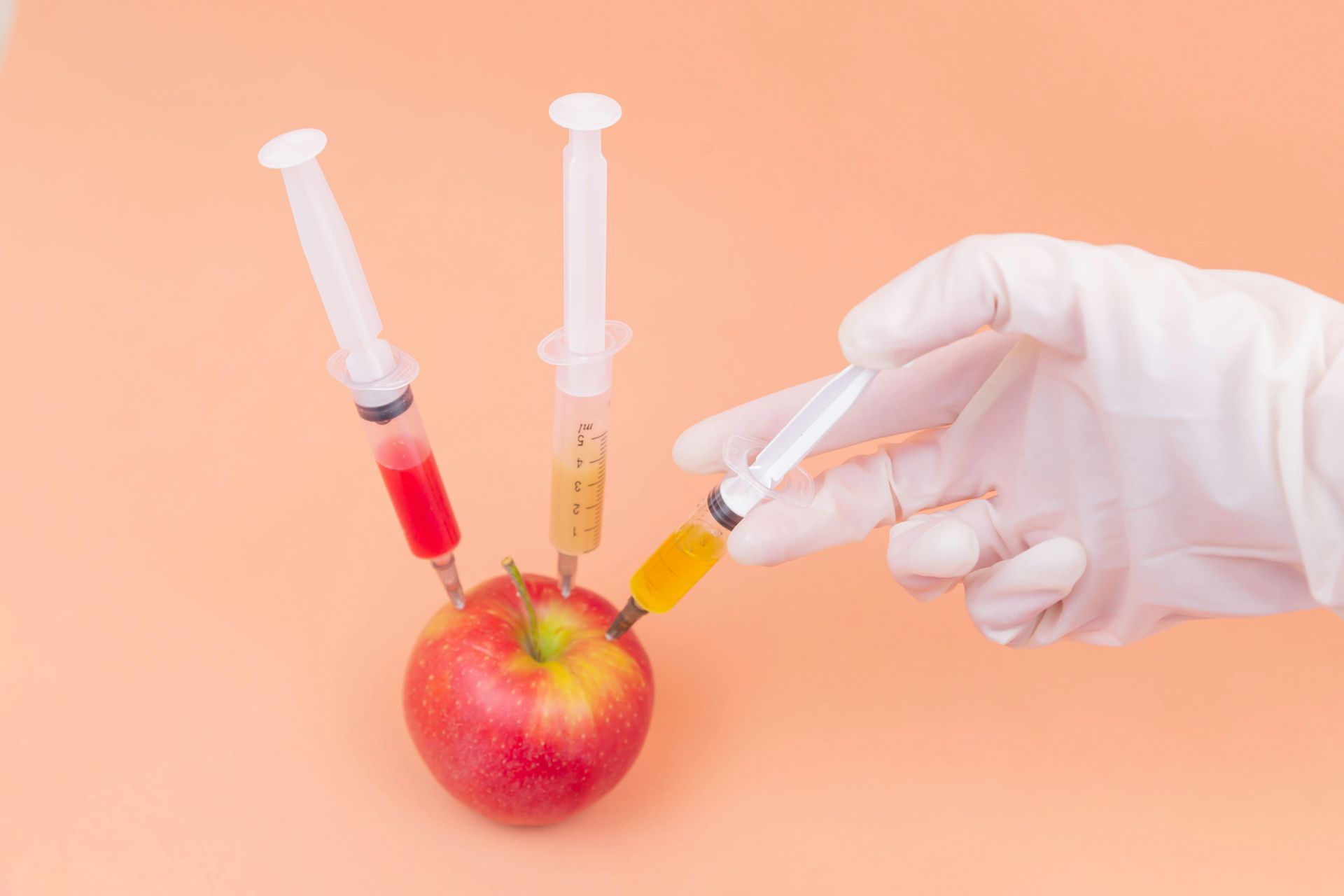The Impact Of Chemistry On Food Preservation And Flavor Enhancement
According to research, chemistry is hugely significant in the food processing sector. It informs us about the changes in foods during processing and storage. Again, per another research, every company uses nutrient preservatives in the foodstuff during processing. After adding this additive, the food’s color, flavor display, texture, feel, noise (cackle), etc., remains intact for a long duration.
Chemistry or organic chemistry plays a pivotal role in comprehending the composition, flavor, aroma, and nutritional aspects of foods. According to reputed stalwarts who offer chemistry homework help for an eminent academic website, AssignmentHelp.us, this helps in elucidating the chemical compounds that are responsible for the smell and taste of different nutrient items, like the reactions and transformations that take place during food preparation and processing.
The chemistry behind food preservation and flavoring is a complicated and intriguing field surrounding different chemical reactions, processes, and techniques. Here, we will walk you through crucial ways chemistry is used in the food processing industry for preservation and flavor enhancement.

Chemistry in enhancing the flavor of food
- Flavor and Aroma Compounds
A close look at any chemistry homework sample of reputed websites will help you understand that organic compounds, especially Volatile Organic Compounds (VOCs), are responsible for the aromas and flavors of foods. These compounds contribute to the sensory experience of drinking and eating. Certain aroma compounds are aldehydes, ketones, esters, and terpenes.
The Maillard reaction is a prominent organic chemical reaction that occurs during cooking and offers food its characteristic brown color and rich flavor. Mike Grey, a reputed expert who offers assignment answers and solutions at a renowned academic website, Assignmenthelp.us, strongly claims that this is the reaction that develops flavors in baked goods, roasted coffee, grilled meat, and more.
Enzymes in food can catalyze different chemical reactions, leading to changes in texture, flavor, and nutritional content. For instance, enzymes like lipases can break down lipids into fatty acids and glycerol that can hugely impact the flavor and texture of cheese.
Certain organic compounds are used as flavor enhancers to intensify food taste. MSG is a renowned instance that improves umami, the savory taste.
Chemicals used in food preservation
Industrial food preservation typically includes three main preservatives: benzoates, nitrites, nitrates, and sulphites. But, before any of these chemical preservatives are added, food products generally undergo different steps in the preservation process. This might incorporate cooking, pasteurization, and irradiation.
These are the salts of the conjugate base. Sodium benzoate is industrially produced through the neutralization reaction between benzoic acid and sodium hydroxide. It’s also organically present in berries, cranberries, seafood, and dairy products. At room temperature, sodium benzoate is a white crystalline substance. When dissolved in water, it becomes acidic. This acidity prevents microbial growth and prolongs the shelf life of food.
Meat products like bacon, sausages, and corned beef comprise nitrates or nitrites. Akin to benzoates, these are effective in preventing bacterial and fungal growth. These are also particularly useful in preventing the reproduction of Clostridium botulinum bacterium, which causes botulism or food poisoning.
Apart from meat, nitrates are also useful for other food processing methods like cheese manufacturing. They can prevent certain kinds of cheeses from bloating while they’re being fermented.
These antioxidants generally extend the shelf life of foods like radishes, dried fruits, and potatoes. Mainly used for aesthetic purposes, they stop the oxidation process, which causes dried vegetables and fruits to turn brown.
Wrapping Up
Flavor enhancement and food preservation are almost as old as humanity itself. In the recent era, the food manufacturing industry depends heavily on using chemical preservatives for food processing. These chemical preservatives can make foods safer to eat as they prevent the growth of potentially harmful bacteria. But there’s also evidence to suggest that taking excessive kinds of preservatives can be detrimental to our health, too.
Like long-term consumption of processed meat has been linked to an increased risk of developing different kinds of cancer. Hence, food scientists and technologists are continuously discovering and developing new methods to improve food quality, safety, and shelf life while keeping the needs and consumer preferences in mind.
Featured image credit: Diana Polekhina/Unsplash
#Impact #Chemistry #Food #Preservation #Flavor #Enhancement
